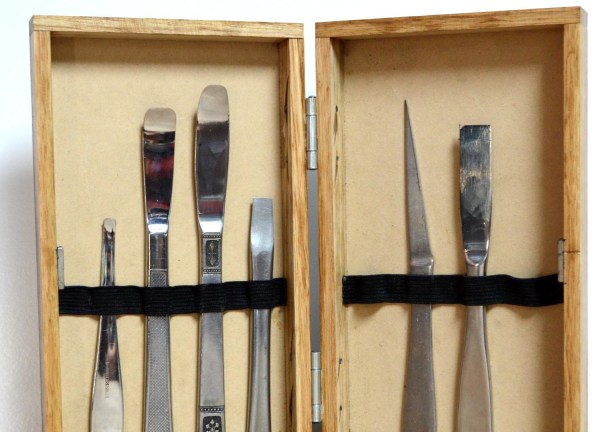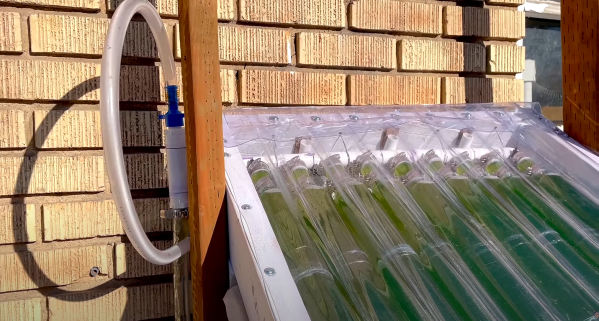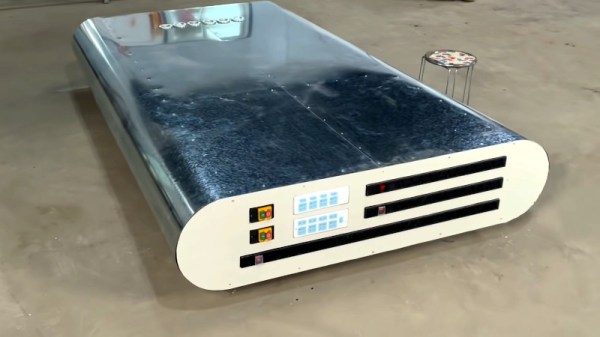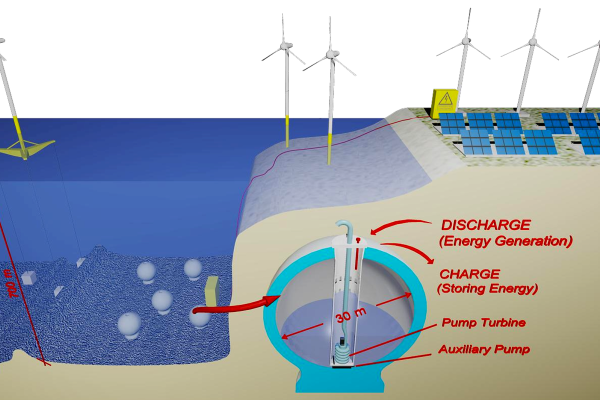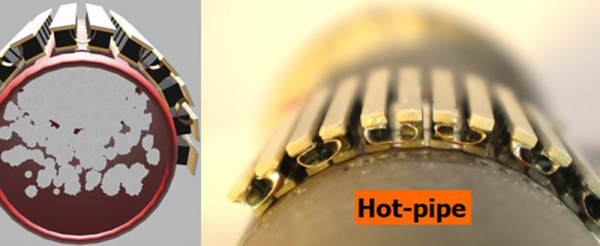Even though it’s not the right tool for the job, we’ve all used a flat head screwdriver for other purposes. Admit it — you’ve pried open a thing or two with that one in the toolbox that’s all dirty and dinged up anyway. But oftentimes, screwdrivers just aren’t thin enough. What you need is a spudger, which for some reason, seem to only come in plastic. Blame our disposable times.
In a relevant break from building electronics, [lonesoulsurfer] took the time to craft a set of spudgers and such from secondhand silverware. These are all made from spoons and butter knives sourced from a thrift store. For the spoons, [lonesoulsurfer] removed the heads with an angle grinder, shaped them on a belt sander, and thinned them out until they were spudger-slim. After doing the same with the handle end, [lonesoulsurfer] polished up the new tools on the wheel with some compound.
Not all of these are spudgers — some are destined to scrape, and others for lifting badges and decals. But they all live in harmony in a handy carrying case. Check out the build video after the break.
On the other hand, sometimes a disposable tool is all you really need.
Continue reading “Spin Some Spudgers From Secondhand Silverware”

